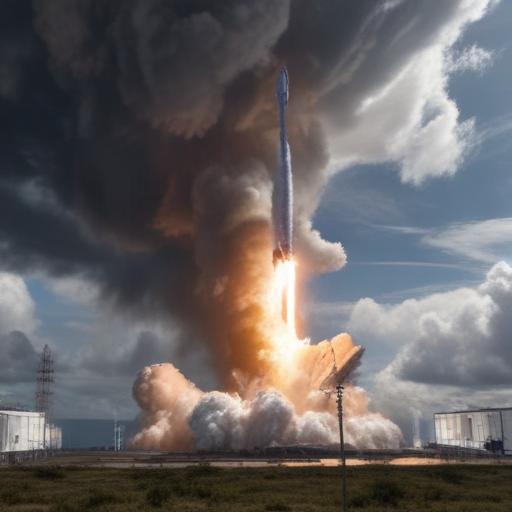CAPE CANAVERAL SPACE FORCE STATION — Despite some uncertain weather conditions, the highly anticipated launch of a SpaceX Starlink mission proceeded as scheduled on Saturday afternoon.
The Falcon 9 rocket successfully lifted off from Space Launch Complex 40 at 1:19 p.m. ET, continuing its impressive record of missions. This particular launch, designated Starlink 12-22, carried a total of 23 new satellites into low-Earth orbit, adding to the expanding Starlink network.
According to the 45th Weather Squadron, the launch faced a 20% to 40% chance of postponement due to weather concerns, including cumulus clouds and surface electric fields. Fortunately, these conditions did not hinder the mission.
Among the 23 satellites, 13 are equipped with innovative direct-to-cell technology, allowing them to function similarly to cell towers in space. This capability enables more effective network integration and aims to provide reliable internet access to various regions across the globe, significantly enhancing connectivity, particularly in underserved areas.
The Falcon 9’s first-stage booster, B1069, made its 24th flight with this mission and is set to land on the droneship A Shortfall of Gravitas, situated in the Atlantic Ocean, after stage separation.
Dr. Jonathan McDowell from the Harvard-Smithsonian Center for Astrophysics has been actively monitoring Starlink satellites and their operational progress, continuously updating the public on developments within this transformative project.
As SpaceX expands its Starlink services, the potential for increased global internet access continues to grow, offering new opportunities for communication and connection worldwide.
